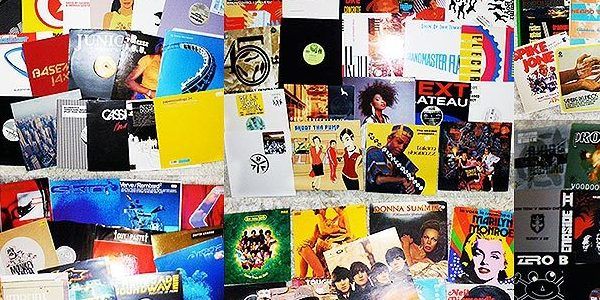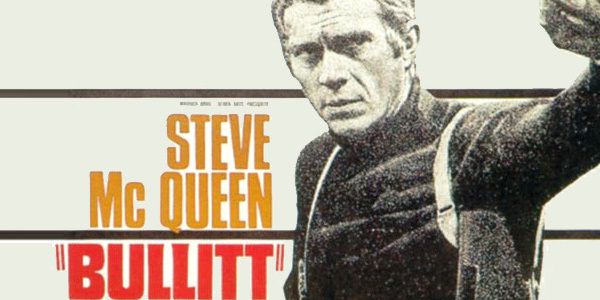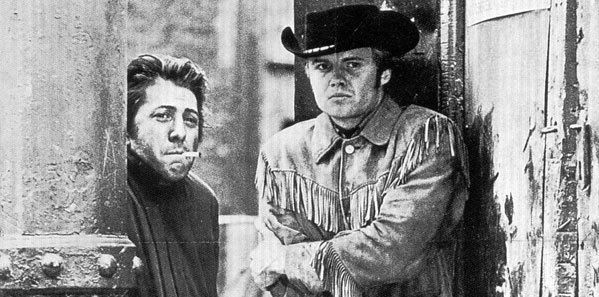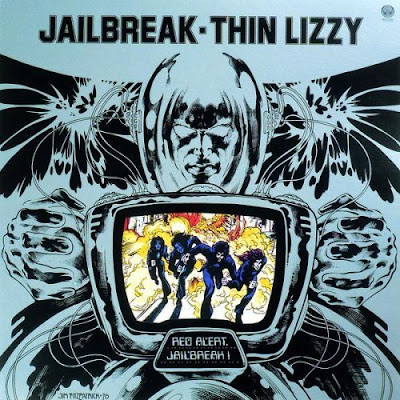After two previous film versions of Dashiell Hammett's detective classic The Maltese Falcon, Warner Bros. finally got it right in 1941--or, rather, John Huston,
a long-established screenwriter making his directorial debut, got it
right, simply by adhering as closely as possible to the original. Taking
over from a recalcitrant George Raft, Humphrey Bogart
achieved true stardom as Sam Spade, a hard-boiled San Francisco private
eye who can be as unscrupulous as the next guy but also adheres to his
own personal code of honor. Into the offices of the Spade & Archer
detective agency sweeps a Miss Wonderly (Mary Astor), who offers a large retainer to Sam and his partner Miles Archer (Jerome Cowan)
if they'll protect her from someone named Floyd Thursby. The detectives
believe neither Miss Wonderly nor her story, but they believe her
money. Since Archer saw her first, he takes the case -- and later that
evening he is shot to death, as is the mysterious Thursby. Miss
Wonderly's real name turns out to be Brigid O'Shaughnessey, and, as the
story continues, Sam is also introduced to the effeminate Joel Cairo (Peter Lorre)
and the fat, erudite Kasper Gutman (Sydney Greenstreet, in his film
debut). It turns out that Brigid, Cairo and Gutman are all international
scoundrels, all involved in the search for a foot-high, jewel-encrusted
statuette in the shape of a falcon. Though both Cairo and Gutman offer
Spade small fortunes to find the "black bird," they are obviously
willing to commit mayhem and murder towards that goal: Gutman, for
example, drugs Spade and allows his "gunsel" Wilmer (Elisha Cook Jr.) to kick and beat the unconscious detective. This classic film noir detective yarn gets better with each viewing, which is more than can be said for the first two Maltese Falcons and the ill-advised 1975 "sequel" The Black Bird.















